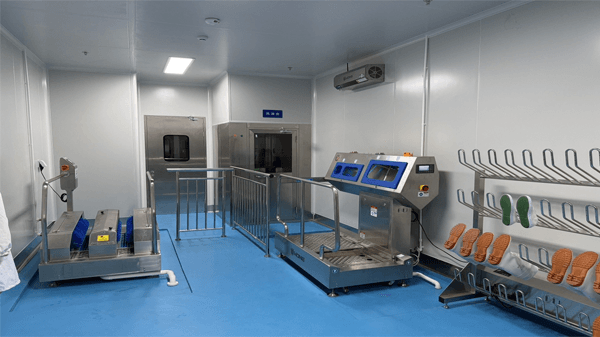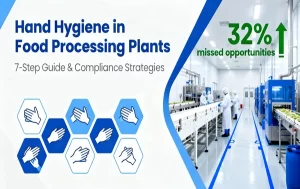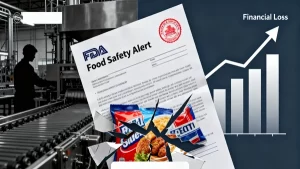For factories in the food,beverage, and pharmaceutical industries, HACCP (Hazard Analysis and Critical Control Points)is a cornerstone of safety and quality. Achieving compliance is not just about meeting regulations—it is about protecting consumers, maintaining reputation, and ensuring smooth operations.
One of the most overlooked yet critical aspects of HACCP compliance is workshop hygiene. This is where cleaning equipment plays a vital role.
- Hand Hygiene Stations
Employees are the first line of defense against contamination. Automated hand washing and sanitizing stations ensure that every worker entering the production area follows strict hygiene protocols, reducing the risk of microbial contamination.
- Shoe and Boot Sanitizers
Footwear can carry dirt and bacteria into sensitive areas. Shoe cleaning and disinfection machines provide consistent cleaning, preventing cross-contamination at entry points.
- Foam and High-Pressure Cleaning Systems
Production floors and equipment surfaces must be regularly cleaned to prevent buildup of grease, residues, and bacteria. Foam cleaning systems not only reduce chemical usage but also deliver thorough coverage for effective sanitation.
- Monitoring and Documentation
Modern cleaning systems can be integrated with digital monitoring tools, offering traceability and compliance records that are often required during audits. This helps factories demonstrate adherence to HACCP standards with reliable data.
Conclusion
HACCP compliance is more than a checklist—it is a commitment to safety and excellence. By investing in reliable cleaning equipment, factories can create a hygienic environment, reduce contamination risks, and be fully prepared for audits.




